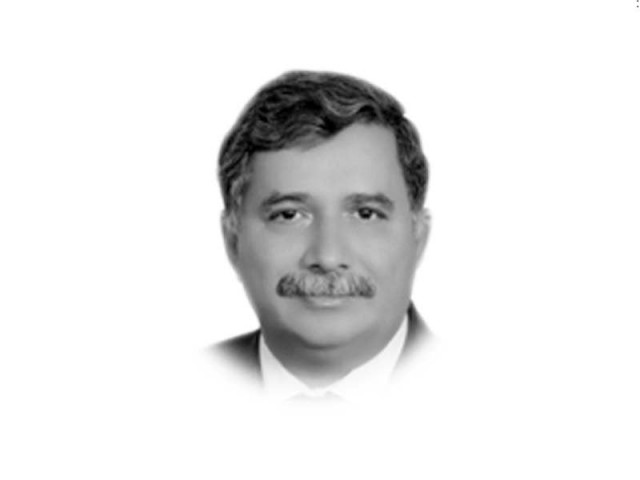Comparative analysis: India, Pakistan and Bangladesh
IMF has projected that Bangladesh’s per capita income would overtake India’s soon

Having remained under the tutelage of the British — Pakistan (with today’s Bangladesh being its eastern wing) and India got independence on 14 and 15 August 1947 respectively. Thus they all have more or less same historical legacy and inherited same institutions. Let’s do a comparative study of all three and see where they stand today and why.
India got a Constitution in some three years after the independence, embarking on a journey to democracy. Jawahar Lal Nehru served as Prime Minister till May 1964, succeeded by Lal Bahadur Shastri till his death in January 1966. The democratic journey has continued without any disruption till today, with India taking credit for being the largest functioning democracy of the world. Indian judiciary also had similar experiences. Except on three occasions, the Chief Justices were appointed based on seniority. So has remained the process of the appointment of Army Chiefs. Moreover, India is the world’s fifth largest economy. The IMF predicts that it will surpass Japan to take the third place by 2027-28.
Pakistan, on the other hand, could not get a Constitution till 1956 due to political wrangling over provincial autonomy and decentralisation of power. The centrists were bent upon depriving the majority province of East Pakistan, equating with West Pakistan under a formula of parity. The demand for Bangla to be declared the country’s second language was not entertained, sowing the seeds of disintegration.
The country had had seven Prime Ministers in the first decade of its inception, besides one Commander in Chief who also served as Defence Minister and then assumed power under a martial law in 1958 — all reflecting the fragility of the political government. A Constitution was tailor-made in 1962 to suit the person of Field Martial Ayub Khan. But Ayub too did not adhere to this Constitution to hand over power to the Speaker on resignation, and instead delegated powers to General Yahya Khan under a second martial law.
Come 1970 and Pakistan had its first general election. But the refusal of the regime to accept the mandate given by Pakistan’s eastern wing to rule the country led to the emergence of Bangladesh.
Post-breakup, Pakistan took a fresh start under a democratic Constitution in 1973, based on national consensus. With the formation of PPP governments at the Centre and in Punjab and Sindh, and of NAP- JUI coalition set-up in NWFP (now K-P) and Balochistan, hopes for a smooth functioning democracy emerged. But, the dirty game of politics soon ensued resulting in the dismissal of the coalition government in Balochistan. As a reaction, the same coalition also resigned in NWFP.
Soon the country was mired in the worst political crisis of its history, leading to yet another martial law, imposed by Zia in 1977. Even after Zia’s 11-year-long martial law, dictatorial tendencies remained embedded in unrepresentative power centres throughout the 90s, with the country witnessing its fourth dictatorial regime, led by Musharraf. And a decade and half since Musharraf’s ouster, the country has been a quasi-democracy. Lately, PTI supporters are on roads demanding ‘haqeeqi azadi’.
Worst still, the economic challenging is growing with each passing day, with growth rate in the ongoing fiscal year expected around a mere 2%. Structural flaws persist and the country is only managing affairs on foreign aid and loans.
In comparison, Bangladesh has made great strides in sustainable economic growth, significant poverty reduction, and continued improvements in human development indicators. IMF has projected that Bangladesh’s per capita income would overtake India’s soon. Bangladesh’s economy has grown consistently between 6% and 7% over the past two decades — one of the highest in the world. It is now on course to become a developed country by 2041.
One can thus say that a continued democratic civilian rule is the underlying factor for progress and sustainable development. Even after 75 years of its existence, Pakistan is yet to be a politically stable country ruled in line with the Constitution — something that continues to hamper its socio-economic progress.
Published in The Express Tribune, November 2nd, 2022.
















COMMENTS
Comments are moderated and generally will be posted if they are on-topic and not abusive.
For more information, please see our Comments FAQ